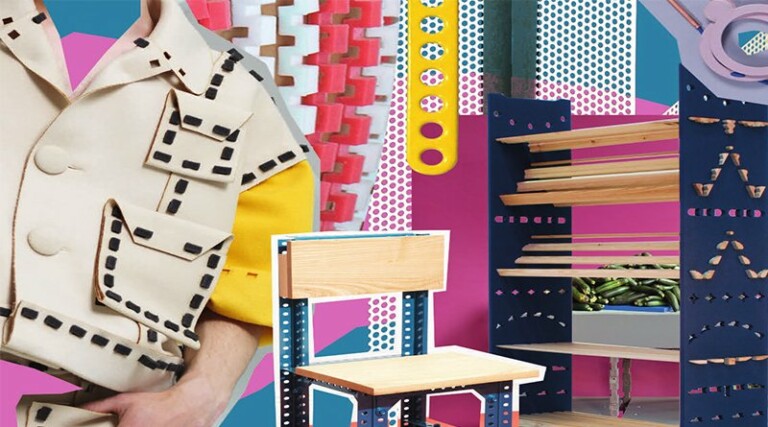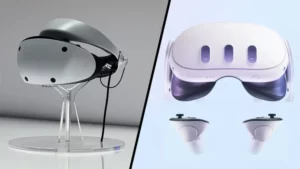We are witnessing a new industrial revolution; one that rejects big business and pursues democratized design and production. Consumers are demonstrating new values around consumption, and designers are shifting their focus from polished, elitist design to more ad hoc new crafts that mash together digital fabrication and reclaimed materials, creating a design direction with an entirely new aesthetic and a backbone of sustainability and conscience.
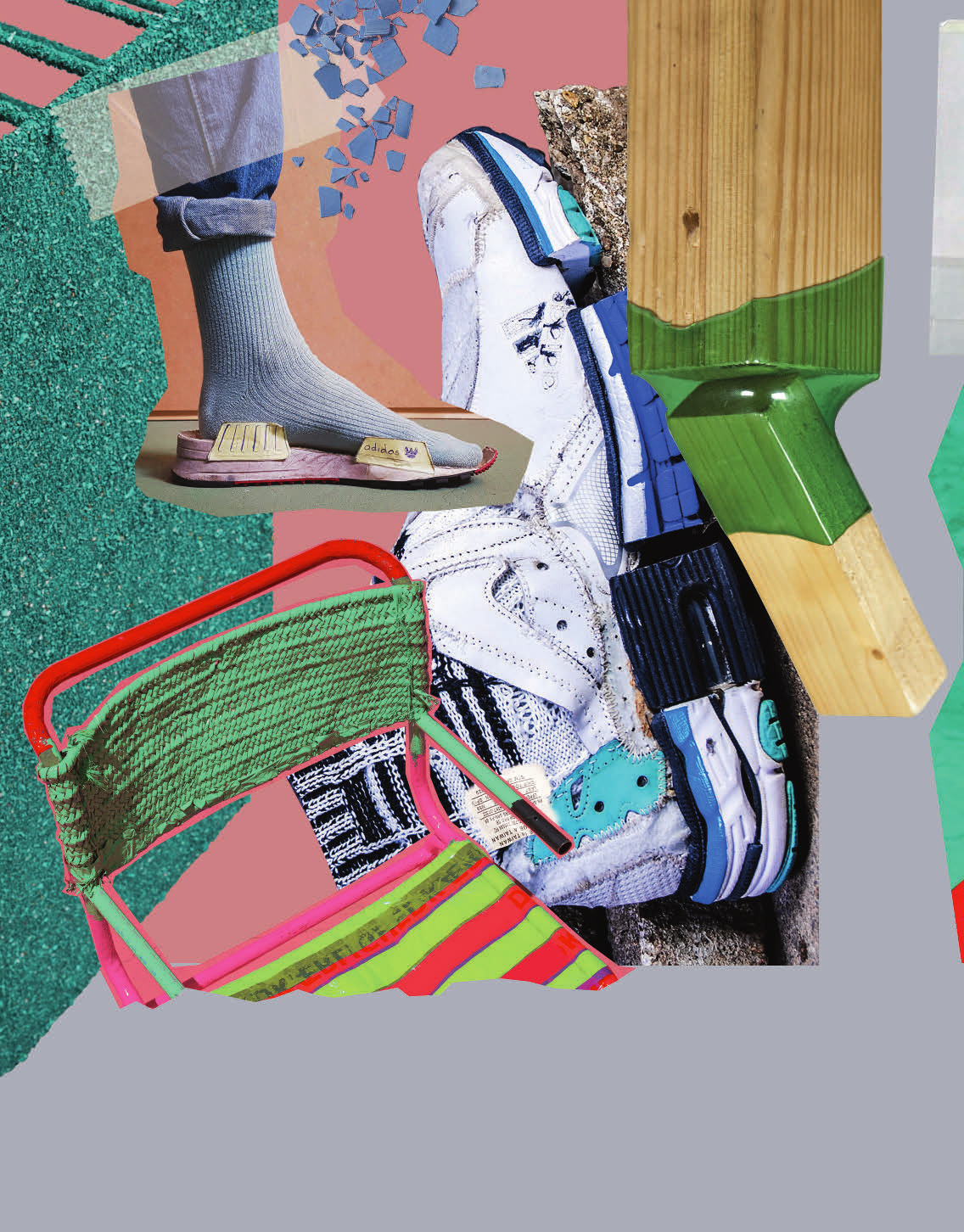
Acknowledging that today’s consumers are educated, considerate and increasingly aware of their personal impact on the world around them, designers are questioning the credibility of traditional, linear supply chains, rejecting the take, make, use, discard model and instead actively pursuing new ways of putting together products and subsequently reusing or recycling them. These circular systems replace raw materials with used or reclaimed resources, and, as far as possible they eliminate or design out waste and overproduction, as manufacture takes place on demand or post-purchase.
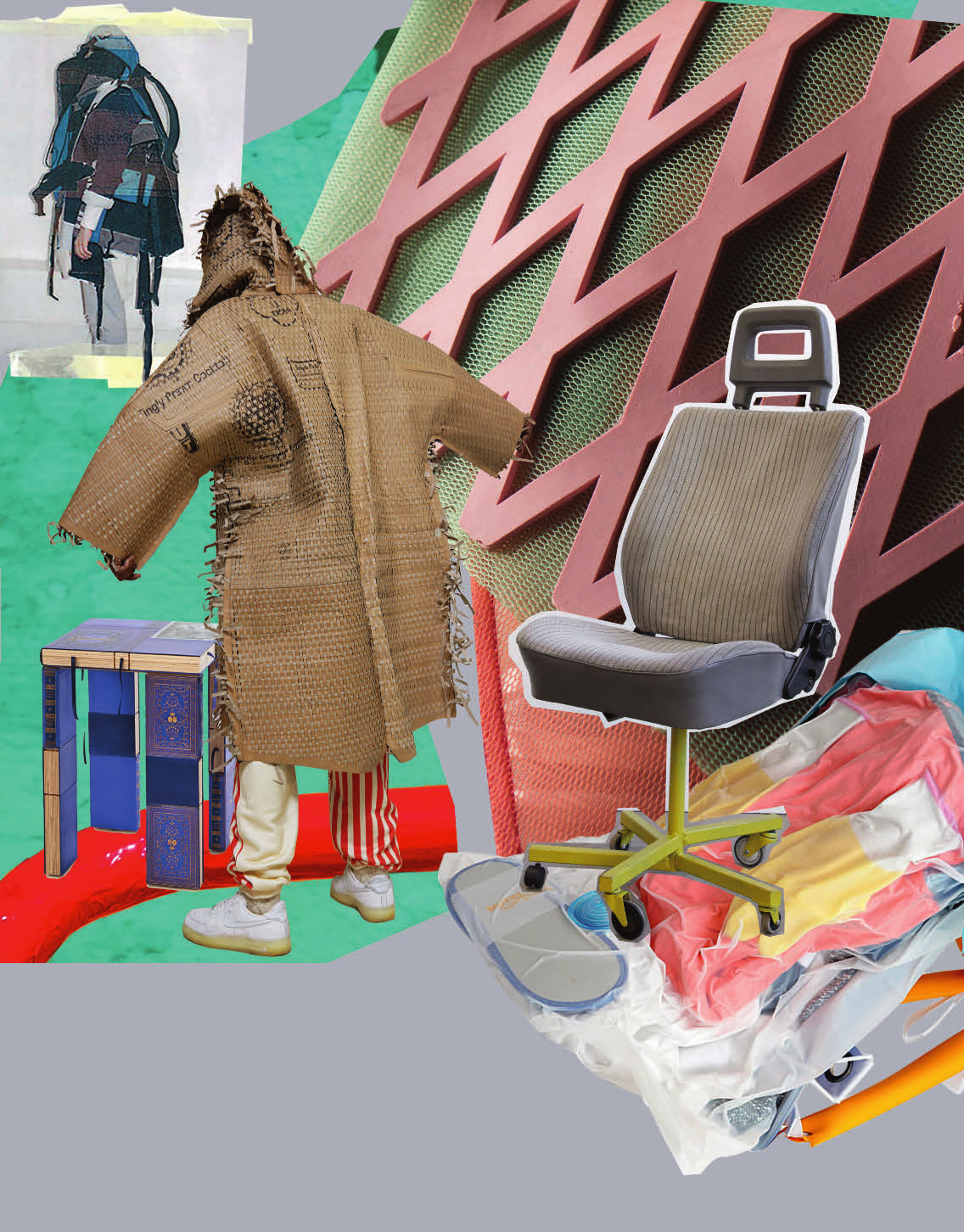
Positive attitudes towards, for example, open-source innovation is supporting the growth of the maker culture, and brands are exploring how they can become purveyors of knowledge instead of goods. As the proverb goes, ‘give a man a fish and you feed him for a day; show him how to catch fish and you feed him for a lifetime’; by designing the process and the machinery instead of the product, innovative designers are providing consumers with the means to create their own products locally, and the customers become more self-sufficient in the process.
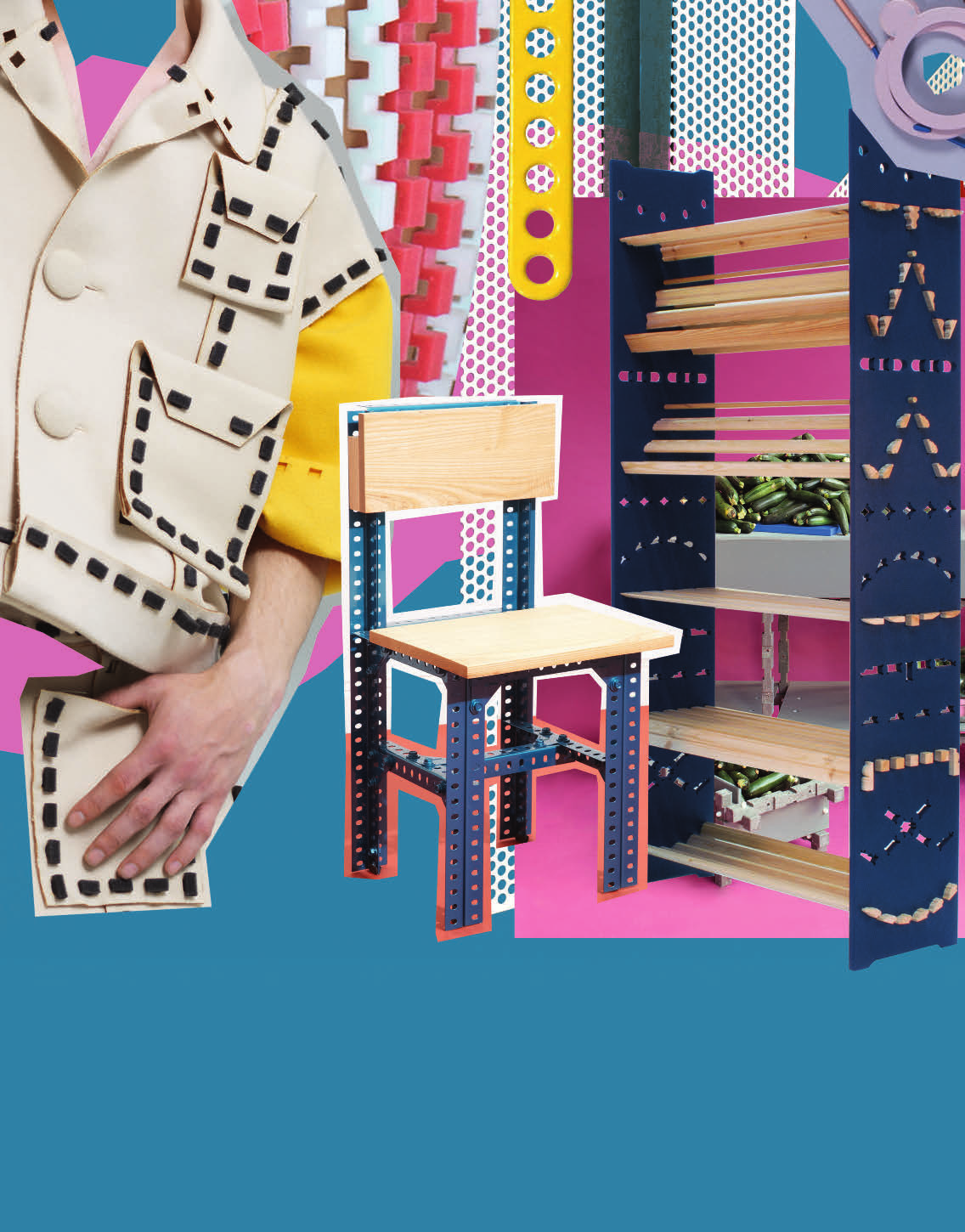
People are savvy about built-in obsolescence. As corporations, governments and well-meaning industry leaders make slow progress towards rendering obsolescence itself obsolete, customers are embracing RIY (repair-it-yourself), low-fi fixes and product re-appropriation. Advances in digital fabrication technologies are helping to accelerate the uptake of new production models. Micro factories are increasingly capable of producing products equally, if not superior, to those of centralized industrial giants. Meanwhile, the idea of designing finished products is being usurped by the concept of modularity and component design. Designers and producers are increasingly seeing the value of designing the parts of a product and devising the process for making it while leaving the ultimate composition up to the buyer.
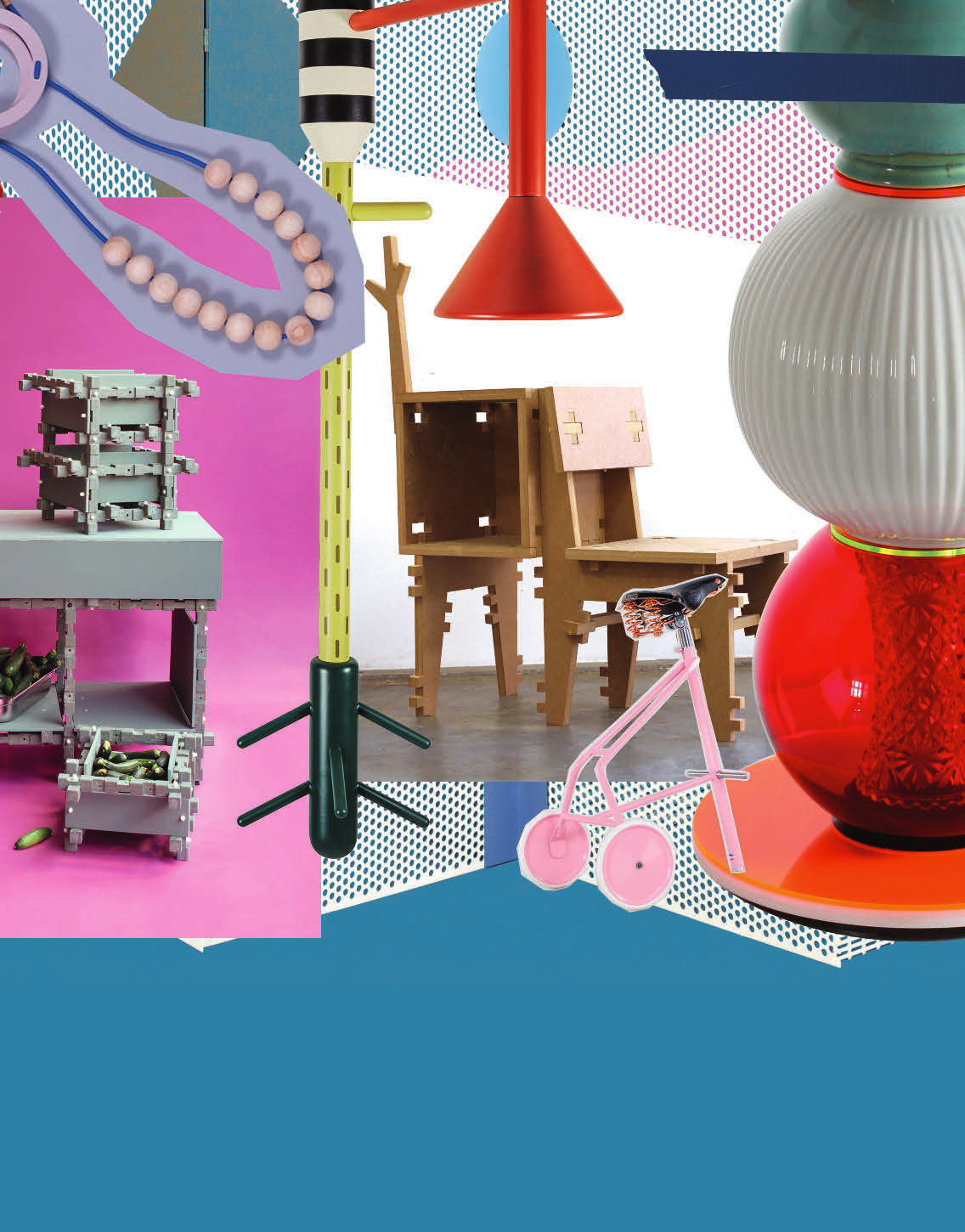
Alongside this modular approach, the flexibility afforded by standardization of parts and fixtures appeals to consumers’ desire for newness. Curation and design are quickly becoming the skills of the everyman; everybody wants to express their personal style and taste. Mass customization satiates this appetite for self-expression – downloadable designs and digital fabrication encourage consumers to manipulate designs for instant customisation. From fast fashion to furniture, this newly ad hoc approach to design and to customised manufacture reflects a radical shift thinking on the part of producers – who have the conscious consumer very much in mind. The emphasis here is on remodelling, repairing and reinterpreting.
